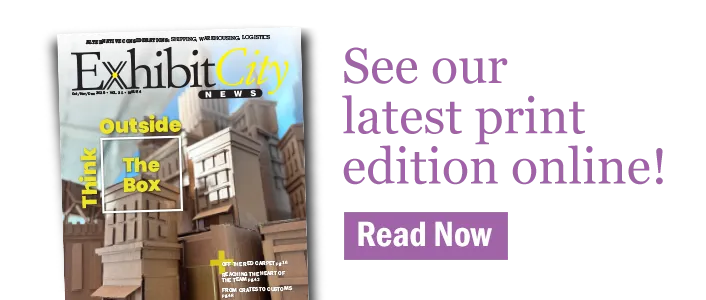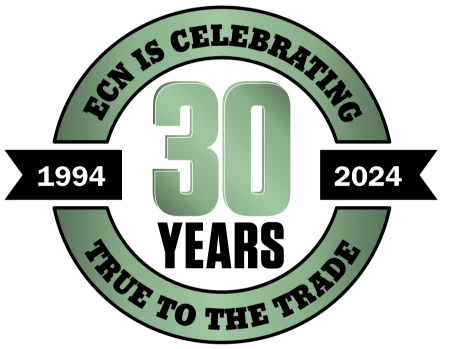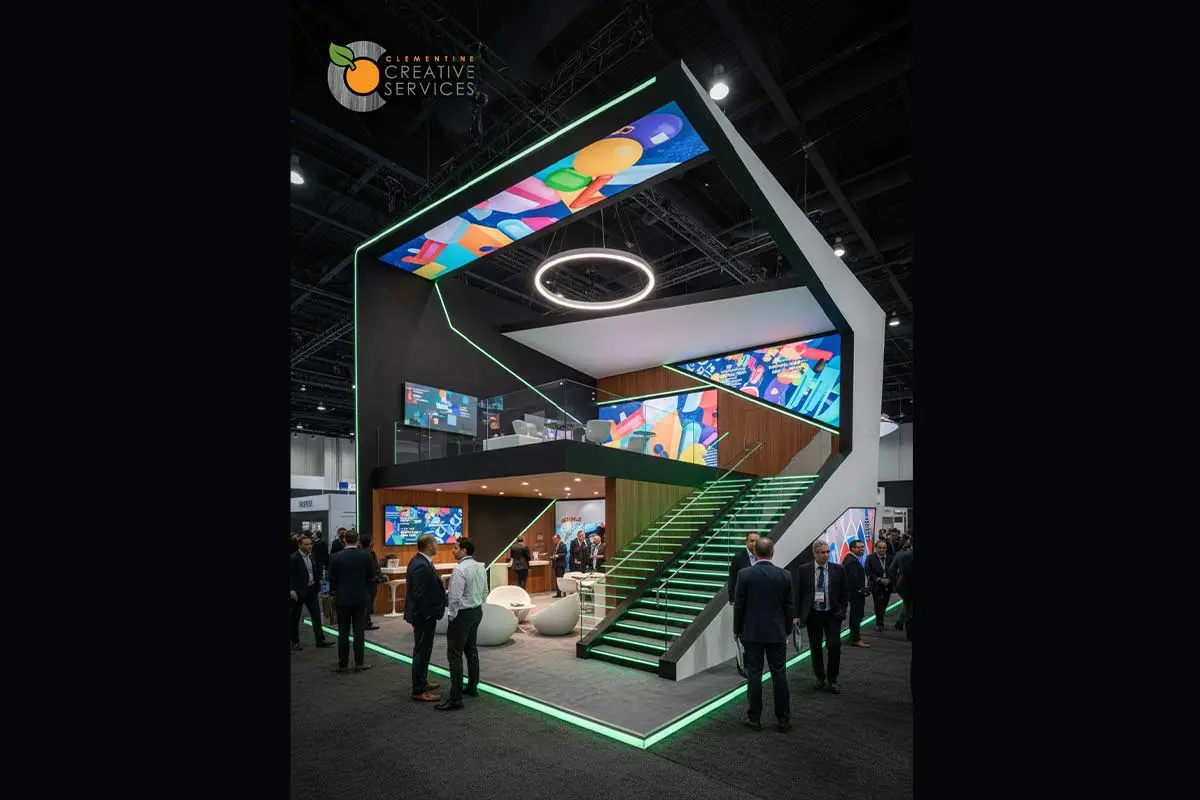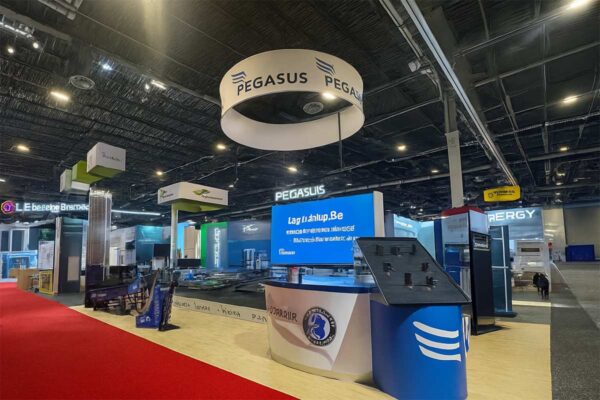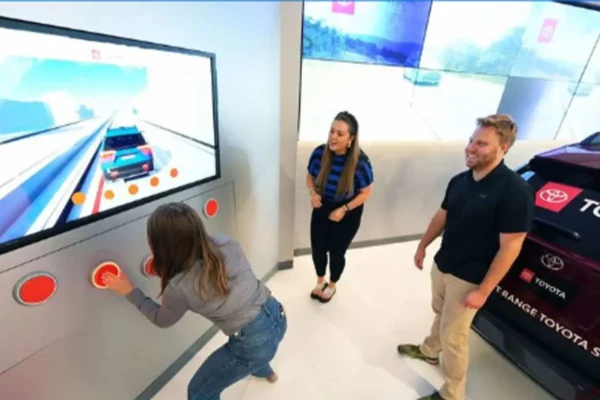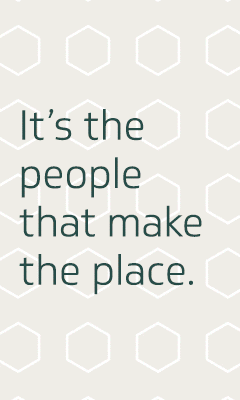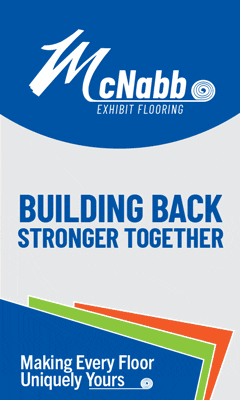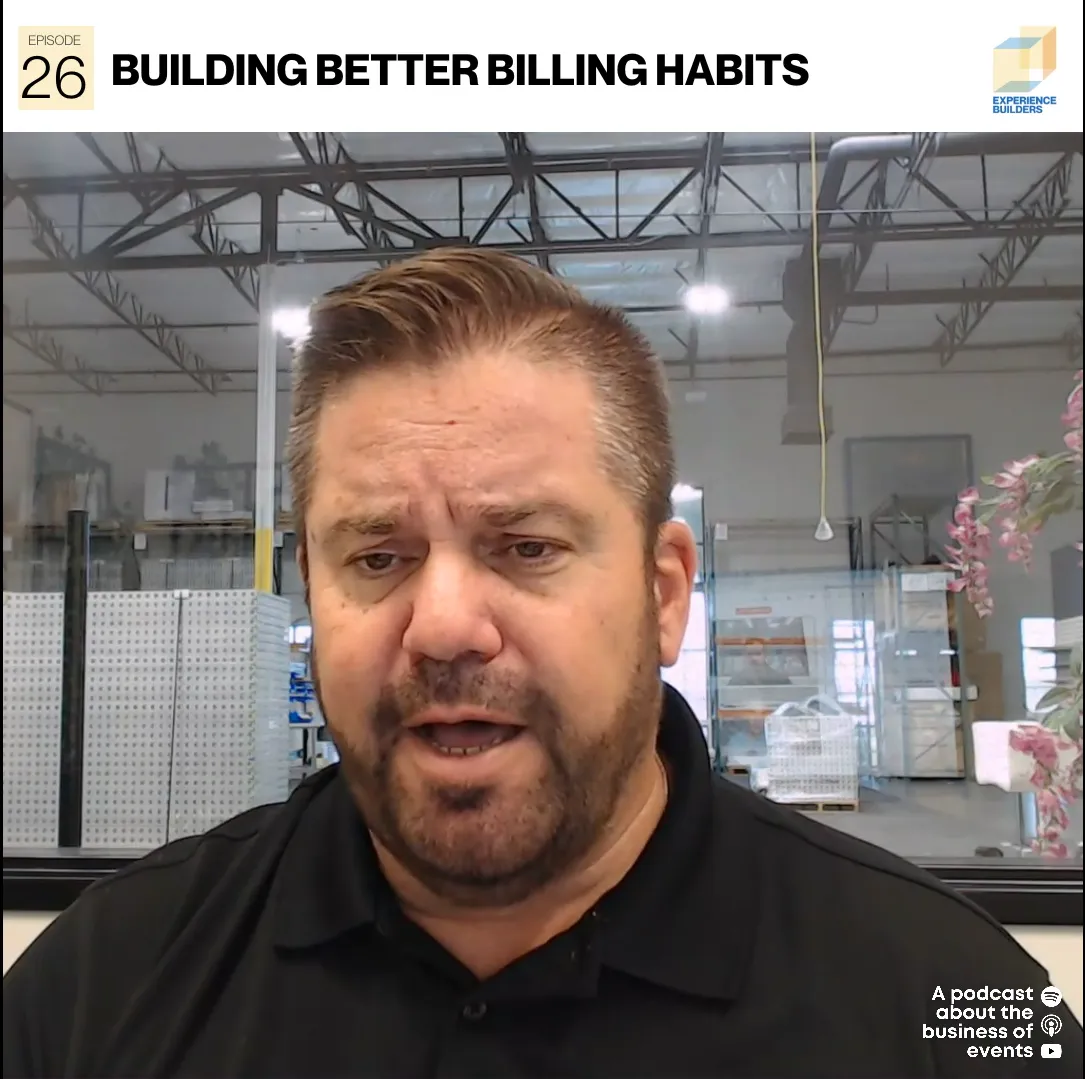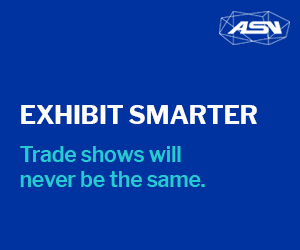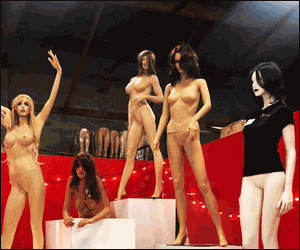by Clemente Guillen
After more than two decades in this business, from the controlled chaos of COMDEX to the massive scale of ConExpo, I’ve learned that the most important person to design for isn’t the CMO or the attendee—it’s the guy with the screw gun sweating under the work lights at 10 p.m.
We, as designers, live in a world of beautiful 3D renderings, virtual fly-throughs, and Pantone-perfect color palettes. We sell the vision. But the success or failure of that vision isn’t decided on our Cintiqs; it’s decided on the show floor, in the hands of the I&D (Installation and Dismantle) crew. If we aren’t designing with empathy for them, we are failing.
This isn’t just about making things “easy.” It’s about acknowledging the brutal reality of our industry. We love to showcase the glossy photos of massive, truss-heavy exhibits from brands with bottomless budgets. But that’s the 15 percent. The other 85 percent of exhibitors, the lifeblood of our industry, operate on a completely different planet—a planet where every square foot, every pound, and every hour has a magnified and often prohibitive cost.
On this planet, the design process must be governed by a different set of rules.
Rule #1: The Forklift is a Myth
For the vast majority of projects, the budget for heavy equipment like forklifts and boom lifts is either nonexistent or so limited it’s negligible. We must design for human-scale assembly. I have a simple rule: if I can’t mentally walk through how a two-person crew with an 8-foot ladder can assemble a component, or if I wouldn’t be able to lift it myself, I shouldn’t draw it.
We need to design structures that can be hand-lifted, systems that are intuitive to connect, and graphics that are forgiving. A damaged SEG print or a chipped laminate panel on day one of a two-day install is a disaster. There is no time to reprint and ship a replacement. Our designs have to be robust enough to survive the journey and simple enough to be assembled by tired crews working in halls that often don’t turn on the AC until show day.
Rule #2: Drayage is the Real Design Constraint
Every panel, every counter, and every decorative plant we add to a drawing has a cascading cost that goes far beyond the material itself. It has a weight, which means it has a drayage cost—that inescapable material handling fee that can make or break a budget. A lighter design isn’t just cheaper to ship; it’s cheaper to move from the dock to the booth space, and it’s faster for the crew to handle.
This forces a philosophy of modularity and efficiency. It’s why systems like beMatrix and Aluvision have become industry standards. Their genius lies not just in their flexibility, but in their reduced labor intensity. It has become cheaper to email plans to a partner in another city and rent the system locally than to ship an entire exhibit across the country, or even overseas. Our designs must embrace this logistical reality.
Rule #3: The Design Must Be a Chameleon
The same exhibit that fills a 20 by 20-foot island space at a major national show might need to shrink to a 10’x20′ inline for a regional event the following week. We can’t just design a single, static structure. We must design a modular system of components.
This means thinking in kits. What does the “A Kit” for the 20 by 20-foot look like? More importantly, what components make up the “B Kit” for the 10 by 20-foot? How do those elements work together to create a cohesive, branded environment in a smaller footprint, while the rest of the components are shipped back to storage? This level of planning from the outset saves immense headaches and costs down the line.
As designers, we are often backlogged and chained to our desks, unable to witness the install firsthand. This makes it even more critical that we internalize these on-the-ground realities. We are not just creating temporary architecture; we are choreographing a complex logistical ballet of fabrication, shipping, and labor.
The most beautiful rendering in the world is worthless if it can’t be built on time, on budget, and without breaking the backs of the very people who bring our visions to life. It’s time we put them at the center of our designs.
Clemente Guillen is a freelance exhibit designer and the owner of Clementine Creative Services. With a career spanning since the late 90s, he has designed experiences for some of the world’s most recognized trade shows and brands, including CES, NAB, IBM, Husqvarna, LEGO, and MechanixWear Gloves.



